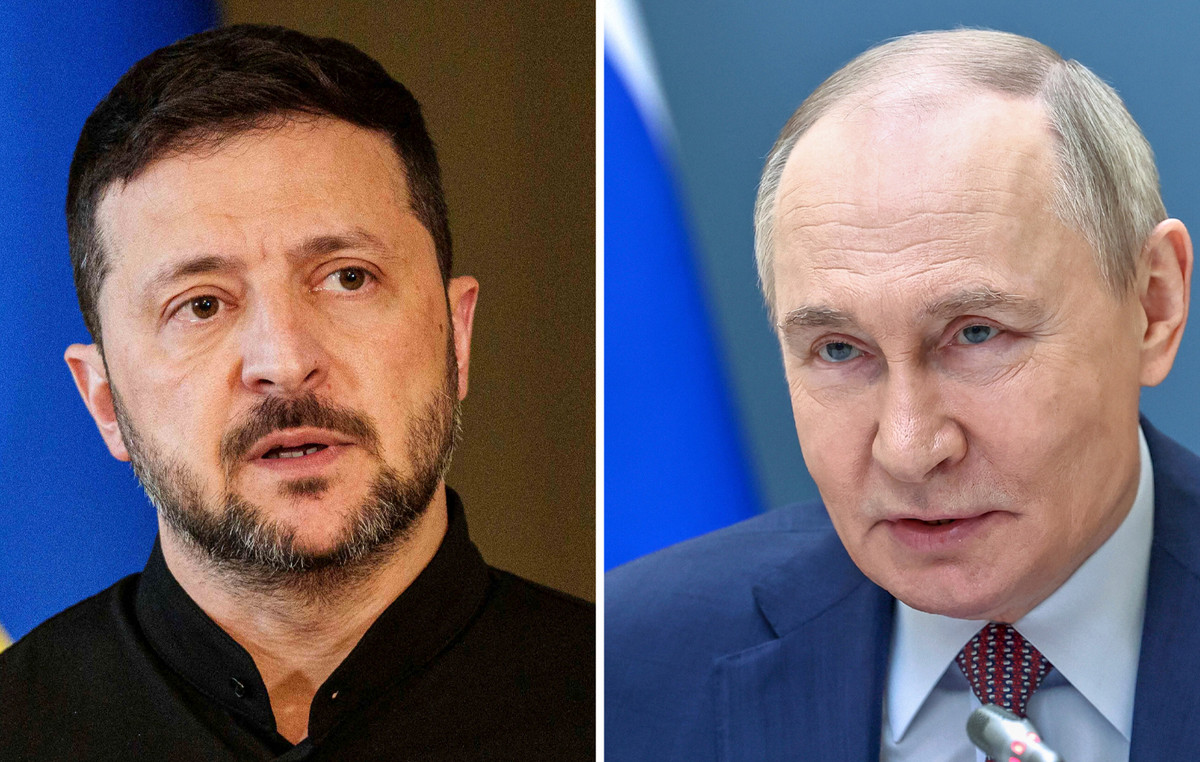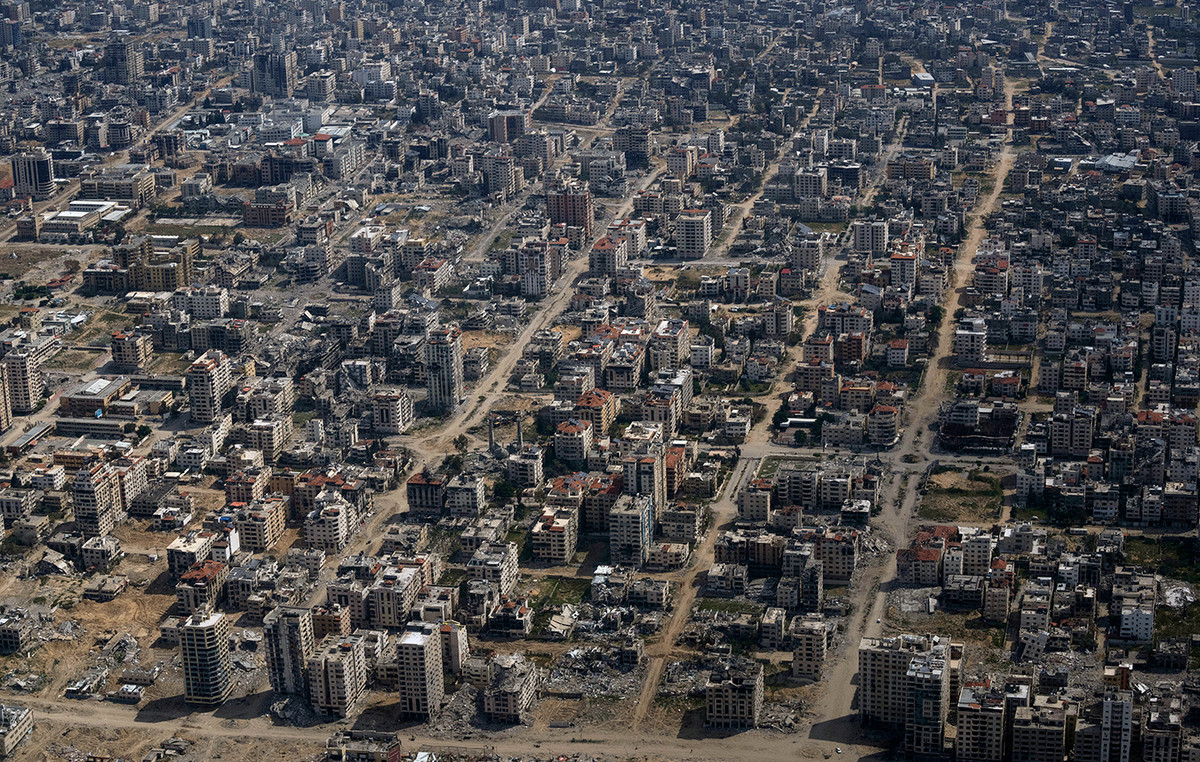The heart of Dom Pedro I arrived in Brazil, on the morning of this Monday (22), for the celebrations of the Bicentennial of Independence.
The container with the embalmed organ of the former emperor landed at the Brasília Air Base in a Brazilian Air Force (FAB) aircraft.
On a trip whose expenses were borne by Brazil, it is the first time that the heart has left Portugal since the death of Dom Pedro I, in 1834.
This Sunday (21), the head of ceremonial at Itamaraty, Alan de Séllos, told the press that “the heart will be received in Brazil with State honors and will be treated as if Dom Pedro I were alive among us.”
The ceremony for the official solemnities will take place this Tuesday (23).
This means that the heart will have a riding escort by members of the Dragons of Independence, will review the troops and will go up the ramp to the Palácio do Planalto. The National Anthem and the Independence Anthem, whose melody was written by Dom Pedro I, will be played.

At the ceremony, the heart will be carried in a protected container weighing about 9 kilos by the police chief of the city of Porto, in Portugal, and will not be visible to the public. When the heart reaches Planalto, the President of the Republic, Jair Bolsonaro (PL), will salute.
After the ceremony in Planalto, the heart returns to Itamaraty, where it will be the central object of an exhibition to be opened in the coming days.
In everyday life, the heart will not be exposed to light. In Brazil, it will only be visible in a special window prepared by the Portuguese at the Itamaraty exhibition, even so, located in a room without natural light.
Before the exhibition opens, there will be a ceremony at Itamaraty so that diplomats in Brazil, parliamentarians and other authorities can visit the heart.

Heirs of the imperial family were invited. The FAB Symphony Orchestra will play compositions by Dom Pedro I on the occasion.
On weekdays, the exhibition will be open to students, especially from the public school system in the Federal District. On weekends, it will be open to the general public, but prior appointment is required. Instructions must be made available on the Itamaraty portal.
The heart takes off back to Portugal, on September 8, towards the city of Porto.
undisclosed costs
Brazil will be responsible for the travel expenses. The security of the heart will be carried out by the Federal Police, the Military Police of the Federal District, the Armed Forces and the Dragons of Independence, under the gaze of Portuguese authorities.
In this Sunday’s press conference, Brazilian diplomats did not inform the total cost of the operation. Alan de Séllos defended that the costs are “absolutely negligible” in relation to what the date represents and that the operation will use existing departments, such as the ceremonials of the federal government and the FAB itself.

“This is an intangible value. The importance I would say is transcendental. It is not every day that you have the opportunity to commemorate 200 years of the history of an independent state,” he declared.
Ambassador George Prata, one of the coordinators of the working group responsible for organizing the commemorations of the bicentennial of Independence, said that “a plane [da FAB] is like a car” and “it has to be used”.
“If it wasn’t being used now to go to Porto, it would be used to go somewhere else. Pilots need training. Extra costs are very small. I wouldn’t know.”
The FAB provided a plane that, in addition to bringing the organ to Brazil, will take it back to Porto on September 8. The heart is transported in the passenger cabin, not as cargo, and accompanied by the Mayor of Porto, Rui Moreira, equivalent to the mayor of the city, among others.
The president of Portugal, Marcelo Rebelo de Sousa, will not arrive in Brazil this Monday (22) with his heart. He will come to the festivities on September 7th of this year, but will only land in Brazil closer to the date.
The president of Portugal and the other heads of state of Portuguese-speaking countries were invited to the celebrations and should visit the heart at Itamaraty on September 6th.
Why was the heart embalmed?
According to Rui Moreira, in a text exposed in the room where the heart will be at the Itamaraty, before dying, Dom Pedro I asked his wife to donate her embalmed heart to the city of Porto as a thank you for the resistance of the population during the Siege of Porto (1832). -1833), which allowed his victory over his brother Dom Miguel, who at the time wanted to reign in Portugal.
The wish was fulfilled and the heart was delivered to the Porto City Council. The organ, however, is kept in the Church of the Irmandade da Lapa, in the Portuguese city.
The heart is submerged in formaldehyde-like liquid inside a glass container in an urn in the church’s main chapel, the text in the exhibit reads. The urn, in turn, is protected by five keys that open other protection steps before reaching the recipient.
Talks for the coming of the heart to Brazil began in February following instructions from the Minister of Foreign Affairs, Carlos França, according to Ambassador George Prata.
The ambassador informed that the biggest concern of the Portuguese side in relation to the trip was related to the safety of the heart. One of the conditions imposed is that the car carrying the heart must always idle, for example.
The Institute of Legal Medicine (IML) of the University of Porto analyzed the possibility of sending and issued a technical report that the heart was not at risk, he said. After the report, there was still a vote to approve the coming of the heart in the local Chamber.
“These conversations were always very friendly,” said Prata about planning the trip of the heart.
Source: CNN Brasil







